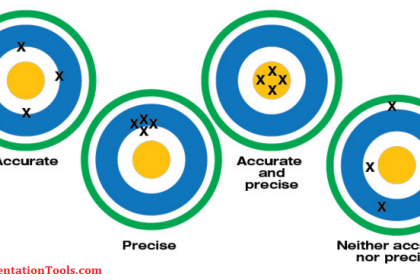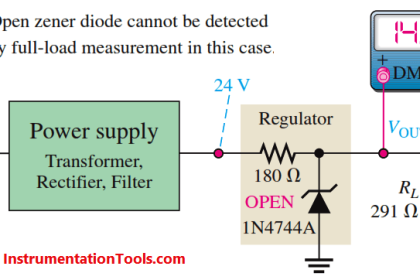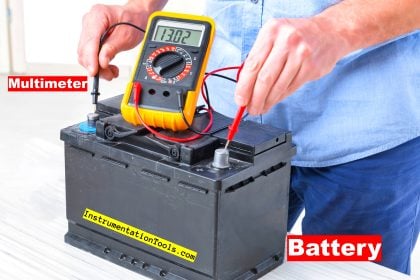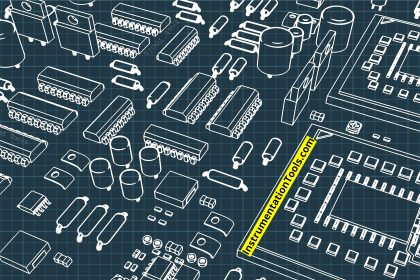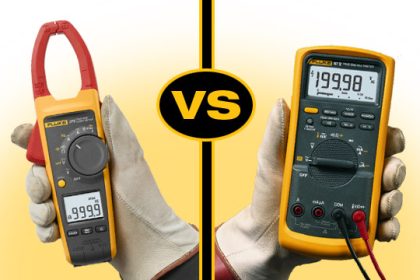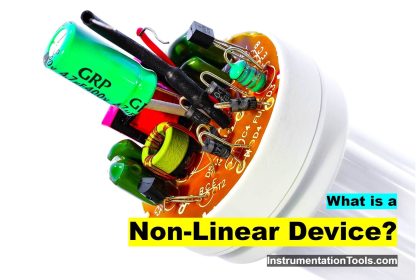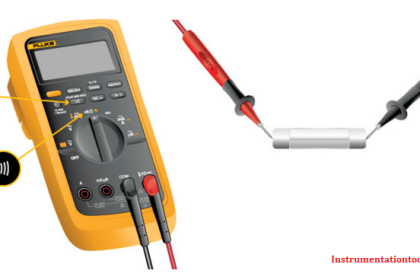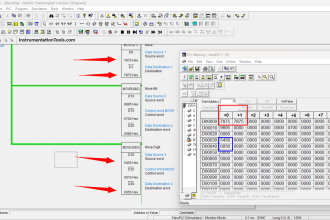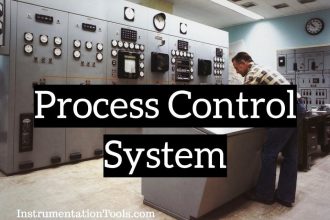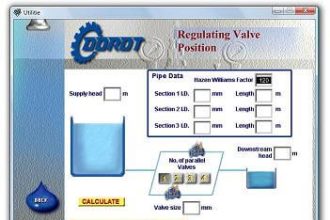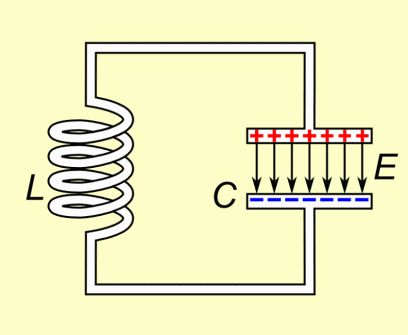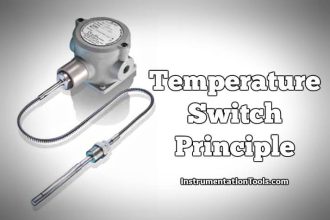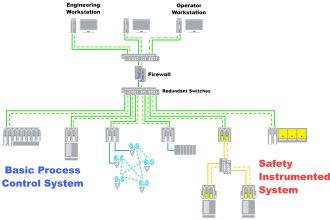Voltage Regulator
The 78XX series of linear voltage regulators provide positive fixed output voltages for a range of values. The last two digits in the part number indicate the output voltage value and the first two digits indicate Polarity of the voltage ( 78 for Positive and 79 for Negative ). The 7812 provides a +12 V regulated output. The change in output voltage for a specified change in input voltage is called the line regulation. The change in output voltage for a specified change in load current is called the load regulation. These parameters are specified on the datasheet.
It is recommended by the manufacturer that a 0.33 mF capacitor be connected from the input terminal to ground and a 0.1 mF connected from the output terminal to ground, as shown in Below Figure to prevent high-frequency oscillations and improve the performance. You may wonder about putting a small-value capacitor in parallel with a large one; the reason is that the large filter capacitor has an internal equivalent series resistance, which affects the high frequency response of the system. The effect is cancelled with the small capacitor.

Fig : 12V Regulated Power Supply Circuit
Voltage Points in the Circuit:
- Step Down Transformer : Transformer steps down from 230V AC to 24V AC
- Full wave Bridge Rectifier : converts 24V AC into Pulsating 24V DC ( includes AC ripples)
- Capacitor Filter : Removes the AC ripples
- Voltage Regulator : Provides fixed +12V DC output to the load.
IC Voltage Regulator
A Voltage Regulator (also called a “regulator”) has only three legs and appears to be a comparatively simple device but it is actually a very complex integrated circuit. A regulator converts varying input voltage and produces a constant “regulated” output voltage. Voltage regulators are available in a variety of outputs, typically 5 volts, 9 volts and 12 volts. The first two digits indicates Polarity and the last two digits in the name indicate the output voltage.
Fixed Positive Voltage Regulator
This IC regulator provides a fixed positive output voltage. Although many types of IC regulators are available, the 7800 series of IC regulators is the most popular. The last two digits in the part number indicate the d.c. output voltage. For example [See Table below], the 7812 is a + 12V regulator whereas the 7805 is a + 5V regulator. Note that this series (7800 series) provides fixed regulated voltages from + 5 V to + 24V.
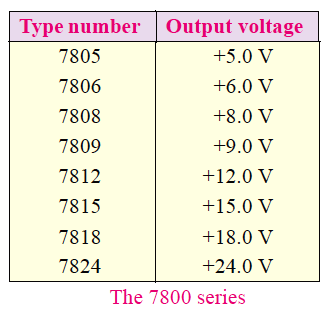
Fixed Negative Voltage Regulator
This IC regulator provides a fixed negative ouput voltage. The 7900 series of IC regulators is commonly used for this purpose. This series (7900) is the negative-voltage counterpart of the7800 series [See Table below]. Note that 7900 series provides fixed regulated voltages from – 5V to – 24 V.
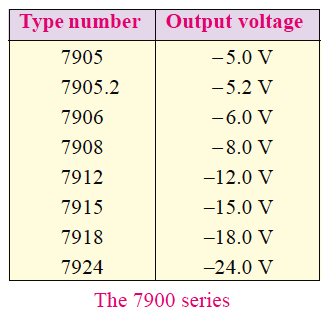
Note : We replace the Voltage Regulator IC with required output voltage & polarity in the above circuit.
